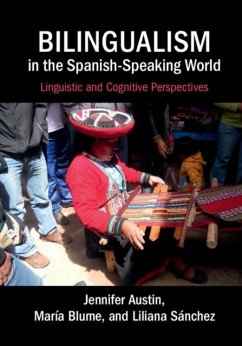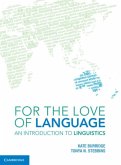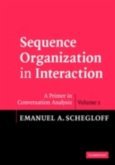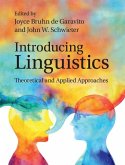Bilingualism has given rise to significant changes in Spanish-speaking countries. In the US, the increasing importance of Spanish has engendered an English-only movement; in Peru, contact between Spanish and Quechua has brought about language change; and in Iberia, speakers of Basque, Galician and Catalan have made their languages a compulsory part of school curricula and local government. This book provides an introduction to bilingualism in the Spanish-speaking world, looking at topics such as language contact, bilingual societies, bilingualism in schools, code-switching, language transfer, the emergence of new varieties of Spanish, and language choice - and how all of these phenomena affect the linguistic and cognitive development of the speaker. Using examples and case studies drawn primarily from Spanish/English bilinguals in the US, Spanish/Quechua bilinguals in Peru and Spanish/Basque bilinguals in Spain, it provides diverse perspectives on the experience of being bilingual in distinct cultural, political and socioeconomic contexts.
Dieser Download kann aus rechtlichen Gründen nur mit Rechnungsadresse in A, B, BG, CY, CZ, D, DK, EW, E, FIN, F, GR, HR, H, IRL, I, LT, L, LR, M, NL, PL, P, R, S, SLO, SK ausgeliefert werden.









